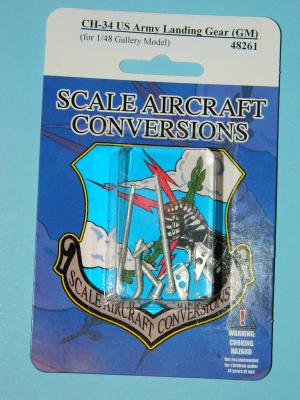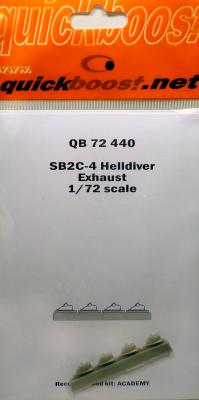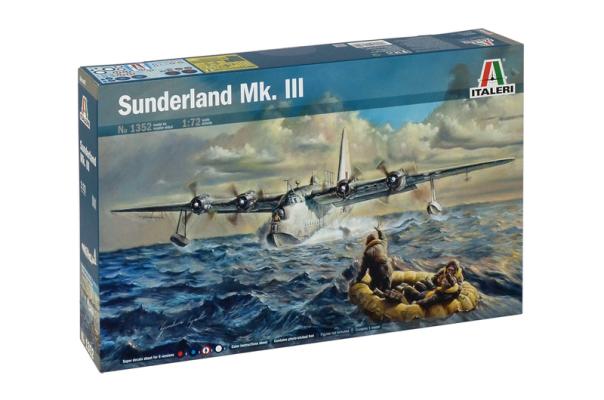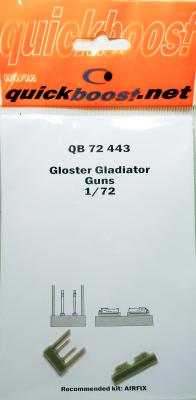SAC must have one heck of a new kit stash; they seem to have metal gear for every aircraft out there! We at IPMS USA on the reviewer corps appreciate your continuing to provide us review items… and thanks to the IPMS leadership for sending it my way to review!
This is yet another “drop fit and direct replacement” metal gear for your models. This set is for the Gallery Ch-34 in 1/48. Note: This is for the two-part torque gear version like the Wessex, not the “A” frame on earlier H-34’s. That set is SAC #48216. They also have a set for the Italeri Wessex, #48196, which has the torque tube and shock strut cast as one piece.
A note on the various CH-34 landing gear out there; My dad flew H-34’s out of Danang with the South Vietnamese as an advisor, and stated they had both “A” frame and Torque tube landing gear in their “cast off from the US Army and Marine front line” aircraft. The usual admonition to “check your sources” is advised…















